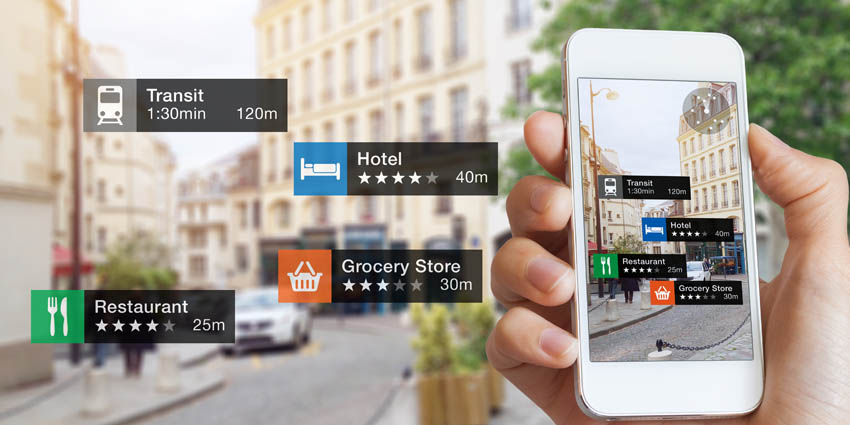
What is augmented reality or AR?
Integrating state-of-the-art technology can help keep your business competitive. With augmented reality (AR), you’ll bridge the physical and digital worlds to better guide and train employees, solve problems faster, optimize efficiencies, improve productivity and collaboration, and better prepare for the future.
Understanding augmented reality
What is AR? Augmented reality is an enhanced, interactive version of a real-world environment achieved through digital visual elements, sounds, and other sensory stimuli via holographic technology. AR incorporates three features: a combination of digital and physical worlds, interactions made in real time, and accurate 3D identification of virtual and real objects.
Augmented reality offers a better way to design, curate, and deliver consumable instructions by overlaying digital content in real-world work environments. When a business understands what AR is and how to utilize it successfully, everyone can work remotely while collaborating efficiently.
Types of augmented reality
How augmented reality works
Augmented reality creates an immersive experience for all its users. Though the most common AR forms are through glasses or a camera lens, interest in AR is growing, and businesses are showcasing more types of lenses and hardware through the marketplace. There are five significant components of AR:
- Artificial intelligence. Most augmented reality solutions need artificial intelligence (AI) to work, allowing users to complete actions using voice prompts. AI can also help process information for your AR application.
- AR software. These are the tools and applications used to access AR. Some businesses can create their own form of AR software.
- Processing. You’ll need processing power for your AR technology to work, generally by leveraging your device’s internal operating system.
- Lenses. You’ll need a lens or image platform to view your content or images. The better quality your screen is, the more realistic your image will appear.
- Sensors. AR systems need to digest data about their environment to align the real and digital worlds. When your camera captures information, it sends it through software for processing.